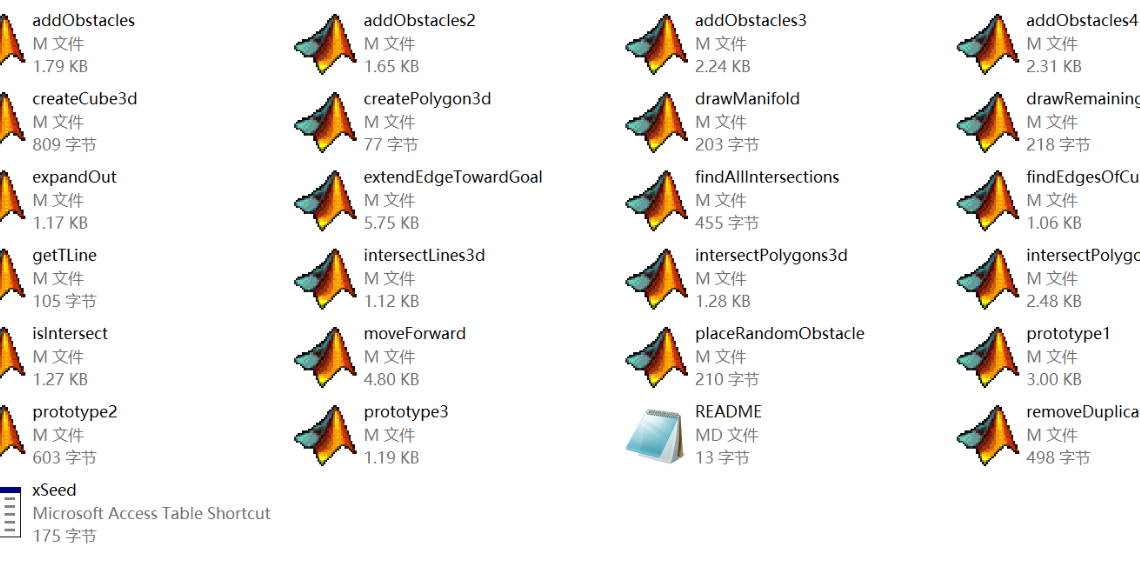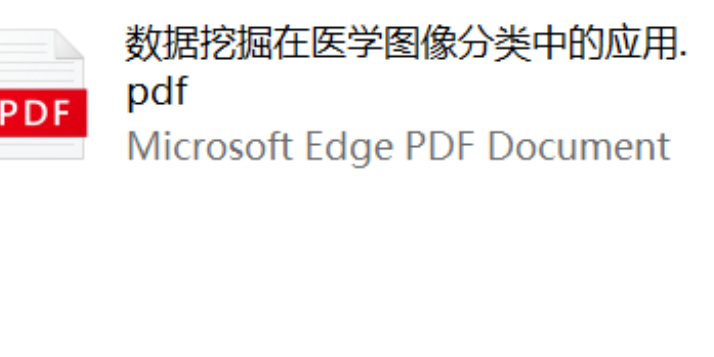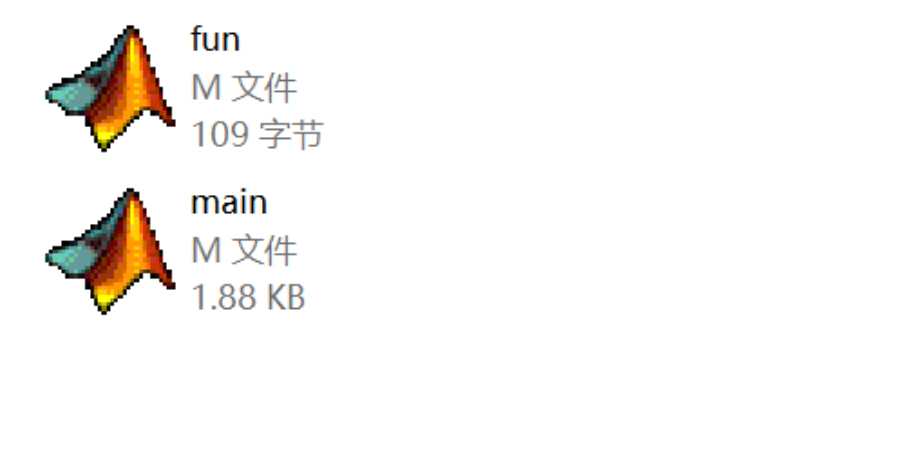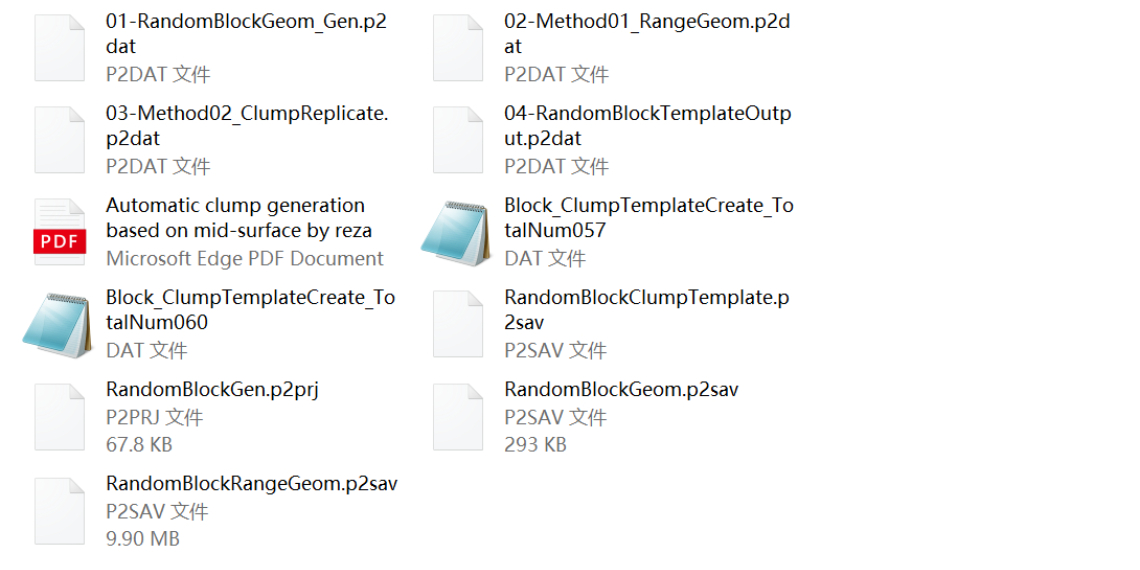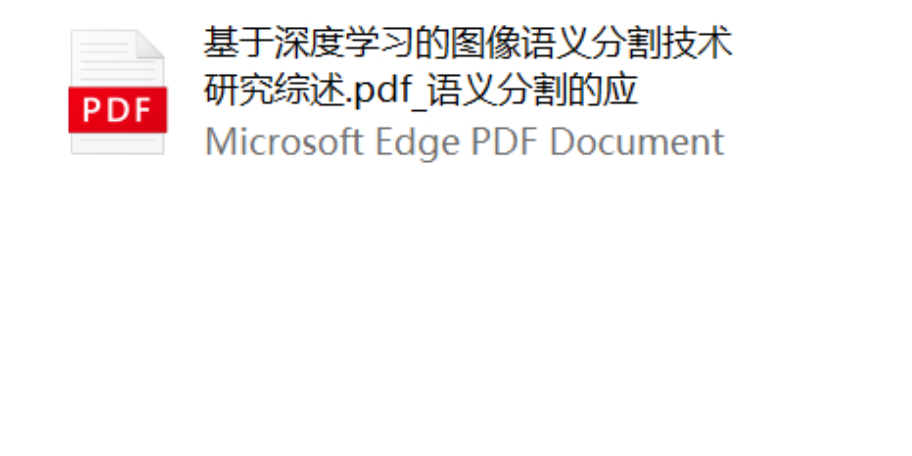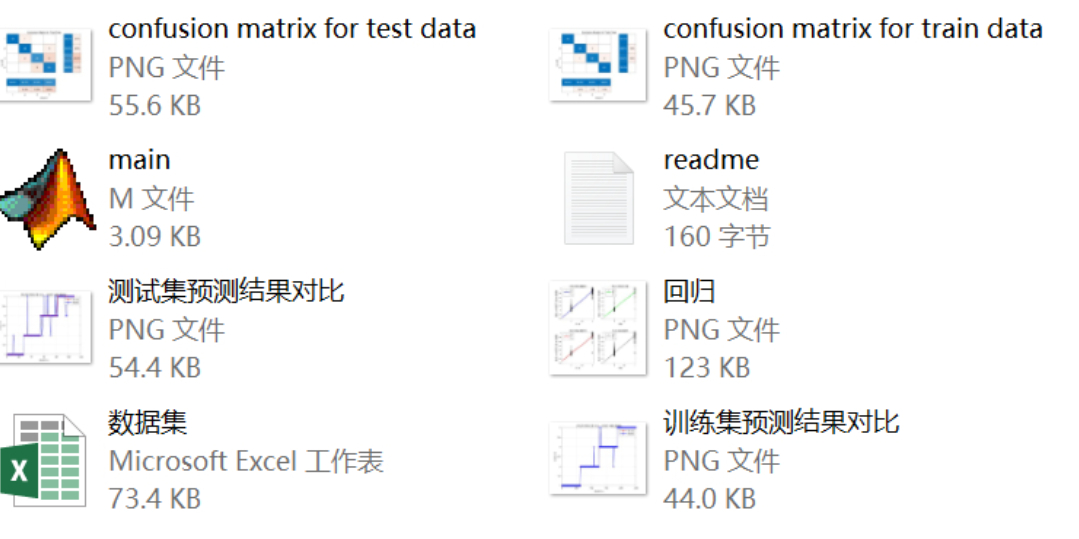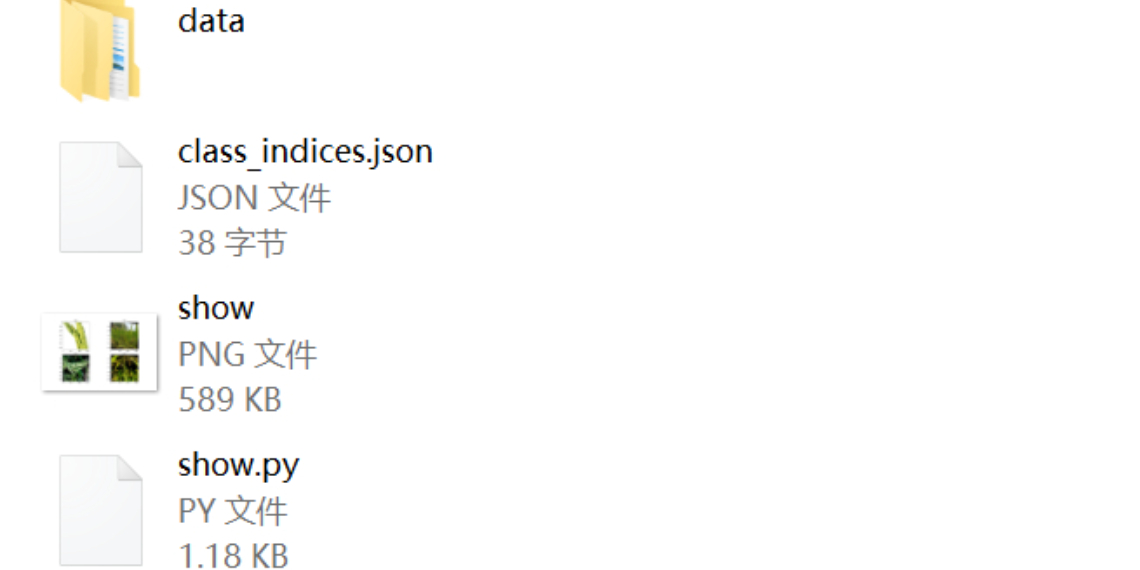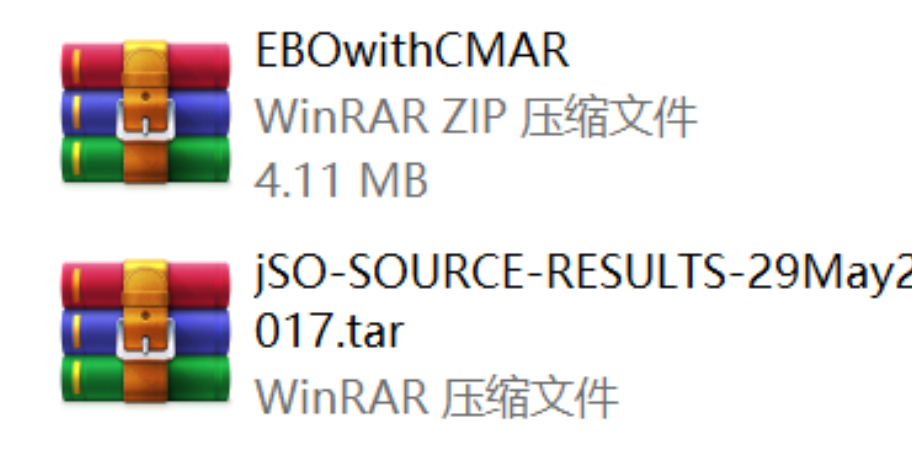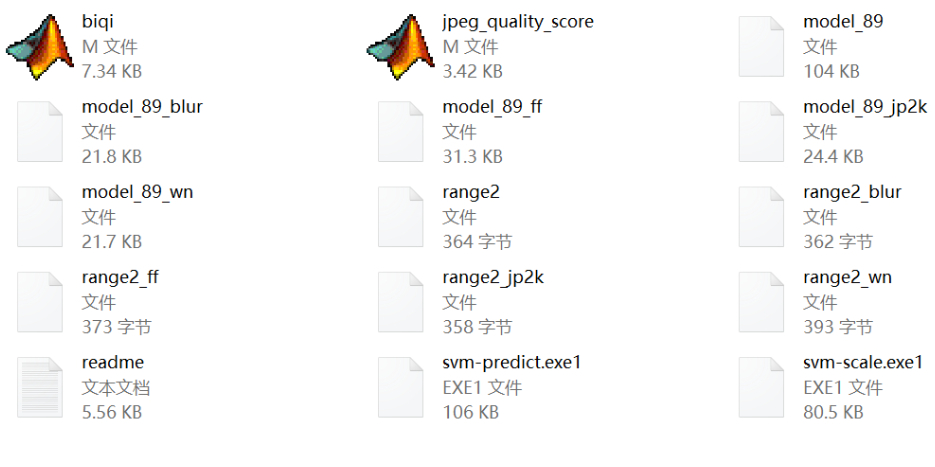
186KBZIP
BIQI, known as Blind/No-Reference Image Quality Assessment (BIQI), is an image quality evaluation algorithm proposed by Mittal, Bovik and Sheikh in 2012. The unique feature of this algorithm is that it does not require a high-quality original image as a reference, but evaluates the subjective quality of the image by analyzing the local features of the image. In practice, this property allows BIQI to perform effective quality assessment even when the original lossless image is not available, such as during network transmission, compression and noise reduction.
The core concept of BIQI is to quantify the quality of an image by simulating the sensitivity of human vision to image quality, based on the perceptual properties of the human visual system. The algorithm mainly consists of the following key steps:
1. **Local feature extraction**: BIQI first performs a multi-scale decomposition of the image, and uses methods such as the discrete cosine transform (DCT) and the wavelet transform to extract the local features of the image, which cover information such as brightness, contrast, texture and structure of the image.
2. **Perceptual weighting**: Since the human eye has different sensitivities to different regions and features of an image, BIQI introduces perceptual weights to emphasize the parts of the visual system that are of greater concern. For example, edges and texture-rich regions are often perceived to have a greater impact on image quality.
3. **Quality metric**: BIQI calculates a quality score for each local region, and then fuses all the local scores into a global quality score by means of a weighted average. The global quality score ranges from 0 to 100, with higher values indicating better image quality.
4. **Nonlinear mapping**: In order to make the scores better correspond to subjective human evaluations, BIQI uses a nonlinear mapping function to convert the original linear scores to a nonlinear scale that is more in line with human perception.
In practice, the implementation of the BIQI algorithm consists of several stages such as preprocessing, feature extraction, weighted fusion and nonlinear mapping." The zip file "BIQI_release" may contain source code or executable files of the BIQI algorithm, which can be utilized by the user to evaluate the quality of any image.
BIQI has a wide range of applications in image processing and computer vision. For example, in video coding, it can be used to optimize the coding parameters to obtain the best visual effect; in image transmission, the transmission strategy can be monitored and adjusted in real time to reduce distortion; in the development of image enhancement or restoration algorithms, BIQI can be used as an important tool for evaluating the performance of the algorithms.
BIQI is a practical and efficient method for reference-free image quality assessment, which is able to provide quality scores close to subjective evaluations by simulating the human eye's perception of an image, and is important for understanding and improving image processing techniques.
Resource Disclaimer (Purchase is deemed to be agreement with this statement): 1. Any operation on the website platform is considered to have read and agreed to the registration agreement and disclaimer at the bottom of the website, this site resources have been ultra-low price, and does not provide technical support 2. Some network users share the net disk address may be invalid, such as the occurrence of failure, please send an e-mail to customer service code711cn#qq.com (# replaced by @) will be made up to send 3. This site provides all downloadable resources (software, etc.) site to ensure that no negative changes; but this site can not guarantee the accuracy, security and integrity of the resources, the user downloads at their own discretion, we communicate to learn for the purpose of not all the source code is not 100% error-free or no bugs; you need to have a certain foundation to be able to read and understand the code, be able to modify the debugging yourself! code and solve the error. At the same time, users of this site must understand that the Source Code Convenience Store does not own any rights to the software provided for download, the copyright belongs to the legal owner of the resource. 4. All resources on this site only for learning and research purposes, please must be deleted within 24 hours of the downloaded resources, do not use for commercial purposes, otherwise the legal disputes arising from the site and the publisher of the collateral liability site and will not be borne! 5. Due to the reproducible nature of the resources, once purchased are non-refundable, the recharge balance is also non-refundable
